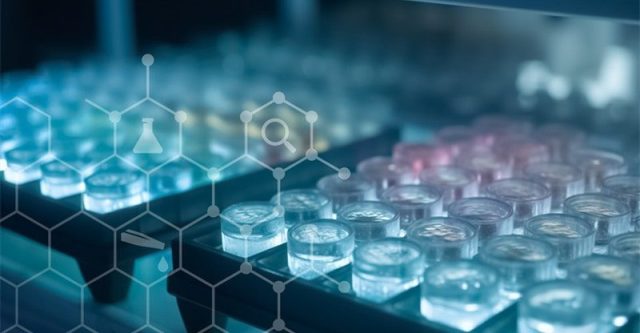The Enzyme-Linked Immunosorbent Assay, better known as ELISA, is a staple test widely used in labs, especially in the fields of immunology and biochemistry. This test uses antibodies and a color-change reaction driven by an enzyme to detect and measure things like proteins, hormones, and other antibodies in samples from living organisms. It’s an essential tool for both preliminary screenings and accurate diagnostics, contributing significantly to various areas of medical research and diagnosis.
Understanding ELISA
ELISA works based on the unique attraction between antigens (the things that trigger immune responses) and antibodies (the immune system’s own defense proteins). The process involves an enzyme that, upon meeting its partner compound, causes a visible color shift. This shift neatly indicates both the presence and the level of the target substance in the tested sample.
Different Types of ELISA
Depending on the approach and detection method, ELISA tests fall into four main groups: direct, indirect, sandwich, and competitive.
– Direct and Indirect ELISA
For a direct ELISA, we attach an identifiable tag to an antibody that then finds and directly binds to the relevant antigen in the sample. The indirect ELISA, on the other hand, works in two stages – the first antibody attaches itself to the antigen, followed by the addition of a tagged secondary antibody that binds to the first.
– Sandwich ELISA
Sandwich ELISA is a bit more involved and starts by using a ‘capture’ antibody specific to the antigen. After the antigen hooks onto this antibody, another referred to as the ‘detection’ antibody, comes in to complete the ‘sandwich.’ A secondary antibody, recognizing the detection one, is then added.
– Competitive ELISA
With competitive ELISA, the target antigen and another labeled antigen vie for the opportunity to link up with the main antibody. It’s often the choice for small or less reactive antigens.
ELISA’s Inner Workings
So, how do these ELISA tests operate?
– Direct ELISA
We begin by sticking the antigen right onto a microplate. Unwanted remains are washed off before adding a labeled primary antibody that’s cut out for the antigen. Another wash follows to clear out the surplus, and then comes a substrate that triggers a color change on meeting the labeled antibody’s enzyme. The nature of the color shift, measurable by an instrument called a spectrophotometer, confirms the antigen’s presence and concentration.
– Sandwich ELISA
Here, a specific capture antibody first adheres to the plate. After introducing and binding the antigen to this antibody, a wash is done to sweep away any leftover elements. A labeled detection antibody is then introduced. Post-wash, a targeted substrate causes a color change when it reacts with the enzyme on the detection antibody, signaling the antigen’s presence and amount.
– Competitive ELISA
This version involves mixing an unlabeled antigen from the sample with a labeled one and seeing which one binds more to the primary antibody. Following a wash to eliminate unbound antigens, a substrate is added. Here, a weaker color indicates a denser population of the target antigen, as it means more of the labeled antigen was sidelined by the unlabeled sample antigen.
Practical Uses
From detecting various diseases such as HIV and Lyme to identifying certain cancers through tumor markers, ELISA’s high sensitivity and specificity have broad applications in health research and diagnosis. In research contexts, ELISA is invaluable for tracking protein levels and assessing vaccine impact, as well as for monitoring disease progression and treatment effectiveness.
Benefits of Using ELISA
ELISA tests come with a basket of goodies:
– They offer precise detection and measurement due to their high sensitivity and specificity.
– They’re flexible, suited for a variety of substances being tested.
– The design caters to processing lots of samples all at once.
– They’re affordable and user-friendly, featuring prominently in many labs.
In a nutshell, ELISA tests are a pivotal component in effective antigen detection across several biomedical scenarios. Their efficiency and cost-effectiveness drive their crucial role in lab work, advancing medical research and diagnostics significantly.
In Conclusion
ELISA remains a highly valued tool in labs worldwide for its precision, efficiency, and adaptability. Its contributions are pivotal in advancing medical diagnostics and furthering biomedical research, solidifying its place in the annals of scientific progress.
































